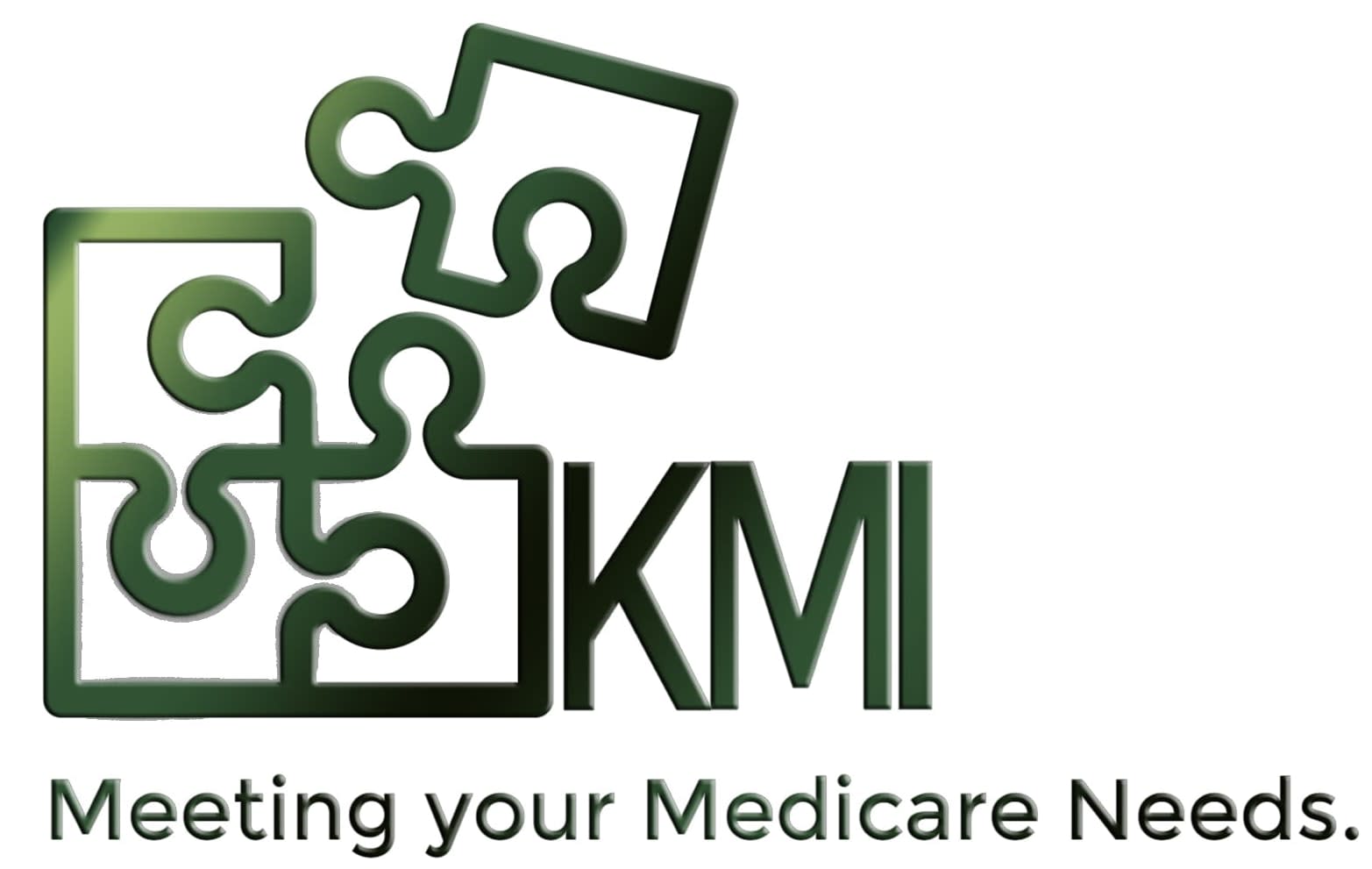FAQ
Medicare is available to United States citizens and to legal residents who have lived in the United States for at least 5 years in a row.
Medicare is individual insurance. It doesn't cover spouses or dependents. You may become eligible to receive Medicare benefits based on any one of the following.
Age
You’re 65 years old. You must be 65—your spouse’s age doesn’t count.
Disability
You’re under 65 and have a qualifying disability. Medicare eligibility begins after 24 months of receiving Social Security disability benefits.
Medical Condition
You are any age and have end-stage renal disease (ESRD) or amyotrophic lateral sclerosis (ALS). There are special Medicare eligibility rules for people with these conditions.
For most people, the first time you can enroll in Medicare is around your 65th birthday. You can also qualify to enroll in Medicare with a qualifying disability or medical condition.
For disability, you'll be eligible for Medicare after you've received disability benefits for 24 months.
For a qualifying medical condition such as Lou Gehrig's disease (ALS) or end-stage renal disease (ESRD), eligibility dates are calculated differently.
You should be automatically enrolled in Medicare Part A and Part B if you are receiving Social Security or Railroad Retirement Board benefits when you become eligible. You'll receive your Medicare card in the mail.
You need to enroll in Medicare yourself if you aren't receiving Social Security benefits when you become eligible. Go to SSA.gov/medicare or on the home page of this web site toward the bottom of the page you will see enroll in Medicare.
You will be enrolled automatically in Original Medicare Parts A and B if:
- You are turning 65 and are getting Social Security or Railroad Retirement Board benefits.
- You are under 65 and have received disability benefits for 24 months.
- You have Lou Gehrig’s disease (Amyotrophic Lateral Sclerosis, or ALS) and start getting disability benefits.
You will get your Medicare card in the mail a few months before your 65th birthday or before your 25th month of getting disability benefits. You’ll get it immediately if you have ALS.
Keeping the card means you accept Original Medicare Part A and Part B coverage. You also agree to pay Part B premiums. (If you live in Puerto Rico, you need to enroll yourself in Part B; it’s not automatic.)
You must notify Medicare if you decide to refuse or delay Part B. You may want to do this if you have other health care coverage, such as through an employer or union. Follow the instructions on the back of your Medicare card.
Around your 65th birthday (or 25th disability check), you'll have a 7-month window of time when you can sign up for Medicare. It's called your Initial Enrollment Period – or IEP for short. Your IEP includes your 65th birthday month, the 3 months before and the 3 months after.
You have additional Medicare coverage options when you are enrolled in both Part A and Part B. These include Medicare and Medicare-related plans offered through private insurance companies.
If you have both Part A and Part B, you may choose to do one of the following:
- Medicare Advantage plan (Part C) with or without drug coverage
Combine Par A, Part B and often prescription drug coverage (Part D). Some plans may offer additional benefits like coverage for routine vision and dental care.
- Stand-alone Medicare prescription drug plan (Part D)
Help pay for medications prescribed by a doctor or other health care professional.
- Medicare supplement insurance plan
Help pay some of the out-of-pocket costs that come with Original Medicare.
Medicare isn't free. The amount you'll pay depends on the coverage you choose and the health care services you receive. Medicare and most Medicare plans charge a month premiums. A premium is a fixed amount you pay for coverage.
You'll also pay a share of the cost for your care. There are tree methods of cost sharing:
Deductible
A se amount you pay out of pocked for the coever4ed services before Medicare or you Medicare ;lan begins to pay.
Copay
A fixed amount you pay at the time you receive a covered service. Fo Example, you may pay $20 when you visit the doctor or $7 when you fill a subscription.
Coinsurance
A percentage of you the cost for a covered service that you pay when you receive it. for Example, you may pay 20% and Medicare or your Medicare plan would pay the remaining portion.
Contact Frank Sottile With KMI Insurance
Get in Touch
If you would like to know more about the services I provide or get a free quote, please contact me using this form.
